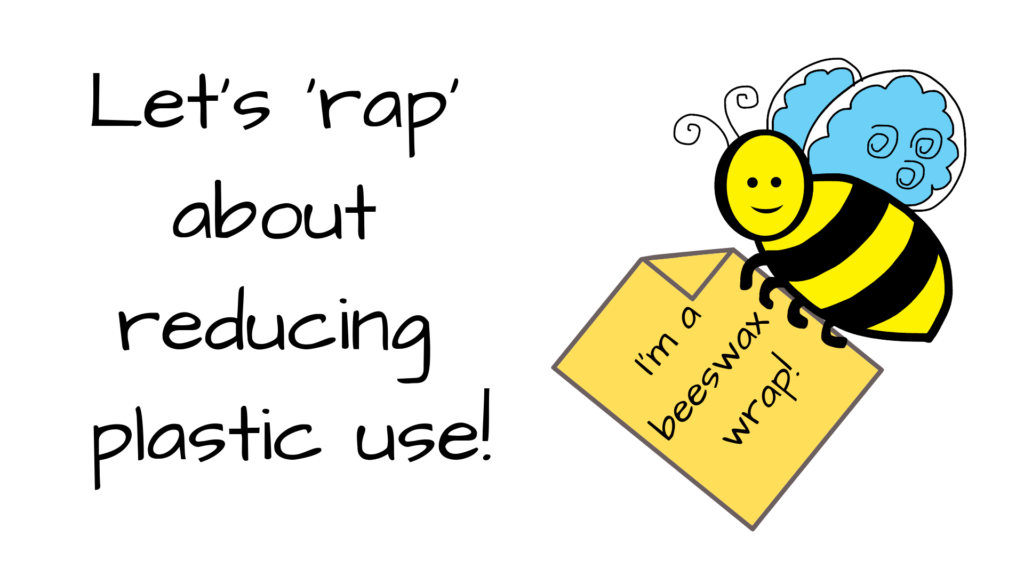
Single-use plastics are an ecological disaster. Using beeswax wraps can help you dramatically reduce your use of plastic wrap and food storage bags…and help save the planet!
Beeswax wraps are usually made of organic cotton, beeswax, jojoba oil, and tree resin. They come in various sizes and are available online, at farmer’s markets, and at some retail stores.
So how do they work? As you handle a beeswax wrap, the wax melts slightly, making it pliable and easy to use to cover a bowl or food item. After you place the item in the fridge, the wrap will harden and seal in the food.
You can use beeswax wraps to wrap cheese, veggies, fruit, fresh herbs, bread, and baked goods. This wrap is useful for covering bread dough as it insulates but is breathable.
Important! Beeswax wraps are not recommended for:
- Raw meat
- Hot dishes and oven/microwave use (high heat is the enemy!)
- Long-term frozen storage (more than a month)
Do let foods cool before wrapping (did we mention heat is the enemy?). Tips for cleaning beeswax wraps:
- Use cool/cold water. These wraps stiffen when cold, making them easier to wipe down.
- In many cases you can just wipe them down with a clean, damp sponge or cloth.
- For stickier foods, use a mild/eco-friendly (alcohol-free) dish detergent to wipe off residue.
- Rinse with cold water.
- Do not wring them.
- Make sure they are dry before folding/rolling and storing.
- Dry them just like a plate, using a dish towel. Or place over a dishrack or on a towel bar to dry.
If you’d like to try making your own beeswax wraps, you can find many tutorials online. Let us know how they turn out!
Tutorials are also available for refreshing beeswax wraps. Or you can use old ones as fire starters.




